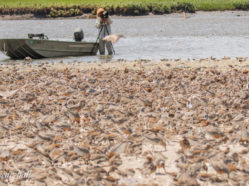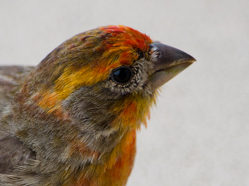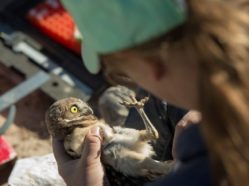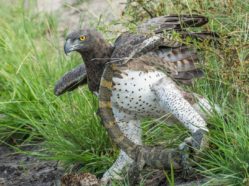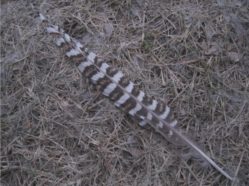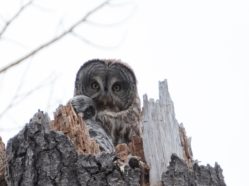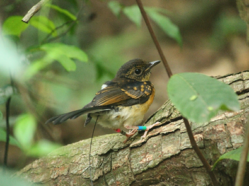Resighting Errors Are Easy to Make and Hard to Measure
Color bands, leg flags, and other field-readable marks are a core component of the ornithologist’s toolkit. Mark-resight studies have led to invaluable insights into the demographics, movements, territoriality, and migration patterns of birds. But clear, confident IDs can be hard to obtain in the field. Colors are difficult to distinguish in low light or when worn, alphanumeric codes are easily mis-remembered or mis-recorded, and was it blue on the left, red on the right, or the other way around?
